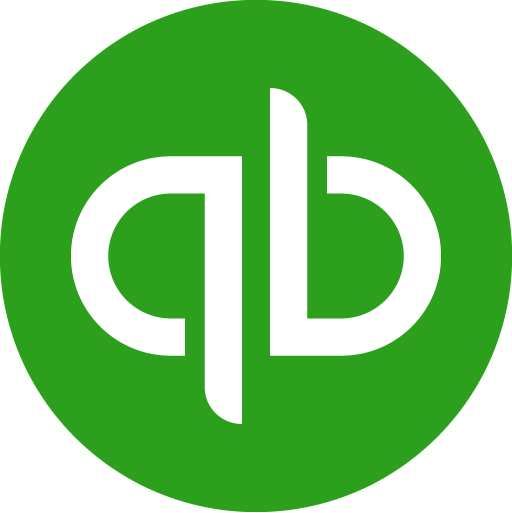If you’ve been in business for a while, you probably know what margin means. It’s usually the percentage you add to your pricing, otherwise known as markup or profit.
However, there’s also the term Operating Margin. Unlike markup you add to your prices, this kind of margin is calculated after you complete your orders, and it helps to show how much profit you make over time. Here’s how it works.
What does Operating Margin mean?
Operating Margin, otherwise known as Operating Profit Margin or sometimes return on sales or ROS is the profit your company makes from every dollar of sales.
Usually, when you price something, you will add a percentage to the base price that is supposed to be your profit or markup. Calculating your Operating Margin can show you whether your actual profit matches the profit you assumed you would get, which can help to confirm that your pricing is correct. Or whether you need to make adjustments.
How do you calculate Operating Margin?
If you’re wondering how to calculate Operating Margin for your business, the Operating Profit Margin formula is a good place to start. It is:
Operating Income / Net Sales = Operating Margin
Let’s break that down a little more.
Let’s assume your operating income, which is all the income you’ve made for a predefined period, is $100,000.
You calculate your net sales for the period (which is gross sales minus any wages, production costs and materials) as $80,000.
So to calculate your Operating Margin for that period, you need to divide $100,000 by $80,000, which gives you a result of 1.25, which also means you are making a 25% profit.
What is Operating Margin vs Profit Margin?
As we’ve already said, the Operating Margin is not the same as the Profit Margin. In fact, there are several types of profit you might measure in your business. These include:
Gross Margin, or gross profit, measures how much money you are making off your sales minus any direct COGs or cost of goods sold. So this figure has direct labour and material deducted, but not overhead and other indirect costs.
Net margin or net profit, which is the profit you make after you’ve deducted indirect costs from gross profit.
Both of these types of profit are represented as a figure, while the Operating Margin is usually shown as a percentage.
What should your Operating Margin be?
Many people wonder what their Operating Margin should be after they have seen Operating Margin defined like this. However, there’s no hard and fast rule about what Profit Margins should be, and a lot of it is determined by your industry and what the value of your average sale is.
For instance, if a company has high sales volumes on items that are fast to manufacture, a lower margin might be acceptable because the company will make and sell high volumes of that item.
On the other hand, a company that only does a few orders a year, but each order is for a large sum, might have higher Operating Margins to ensure that their company can stay in business.
Obviously, the higher your Operating Margin is, the more money you are making per sale, but if you have too much profit built into your pricing, your sales might suffer.
It’s better to compare your Operating Margin over time. If it’s relatively stable, then your company is probably performing well and in a good position. If your Operating Margin fluctuates wildly, then that’s a sign that you’re not as stable as you thought you were.
An Easy Way to Calculate Operating Profit Margin
Know that you know the Operating Margin definition and how to calculate Operating Margin; you might be interested in a tool that makes it easy to keep a close eye on your Operating Margin.
LiveFlow can transfer all the figures you need to calculate Operating Margin directly from your Profit and Loss report and put it into a custom Google Sheets report. You can use that sheet to calculate your Operating Profit Margin for a specific period or, because LiveFlow syncs with your QuickBooks, view real-time data at any point.
It’s a great way to automate the process of calculating Operating Margin, so you have the information you need to make the best business decisions, and you don’t have to do all the hard work.

.png)

.png)





